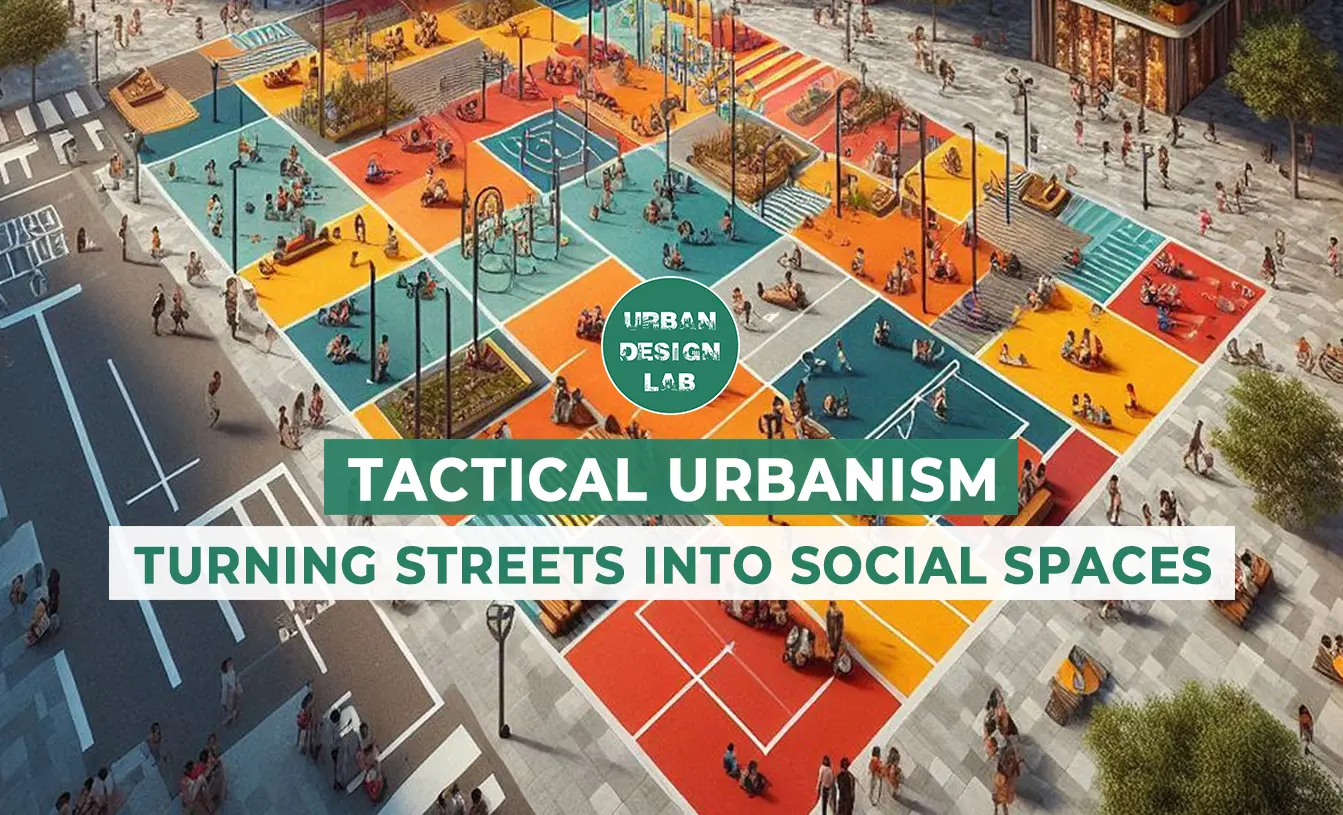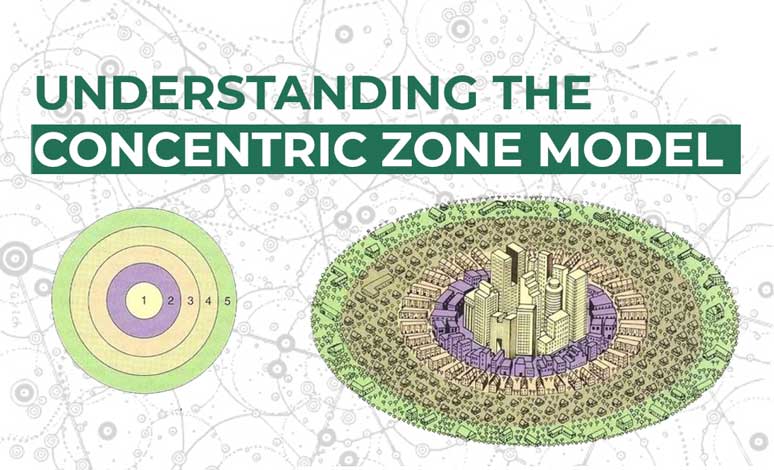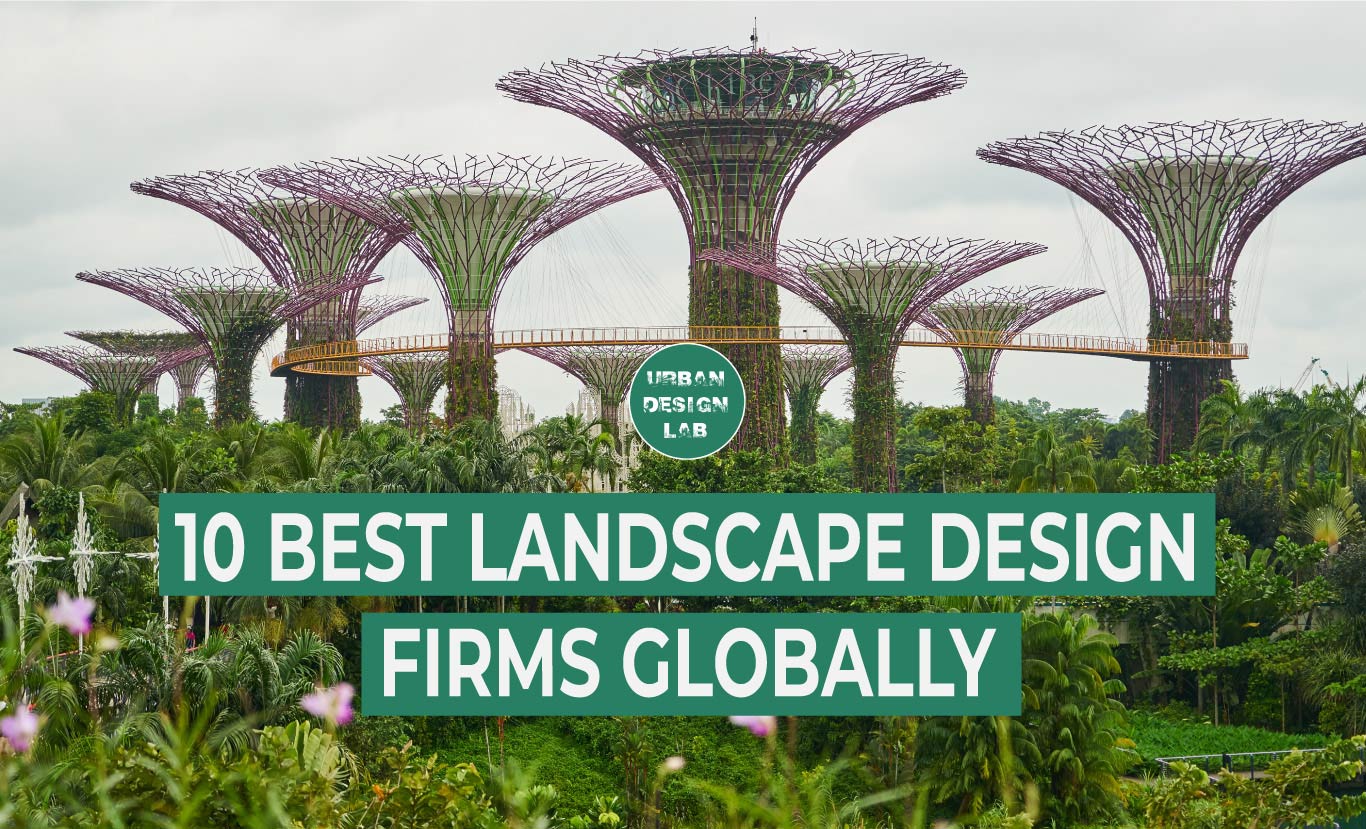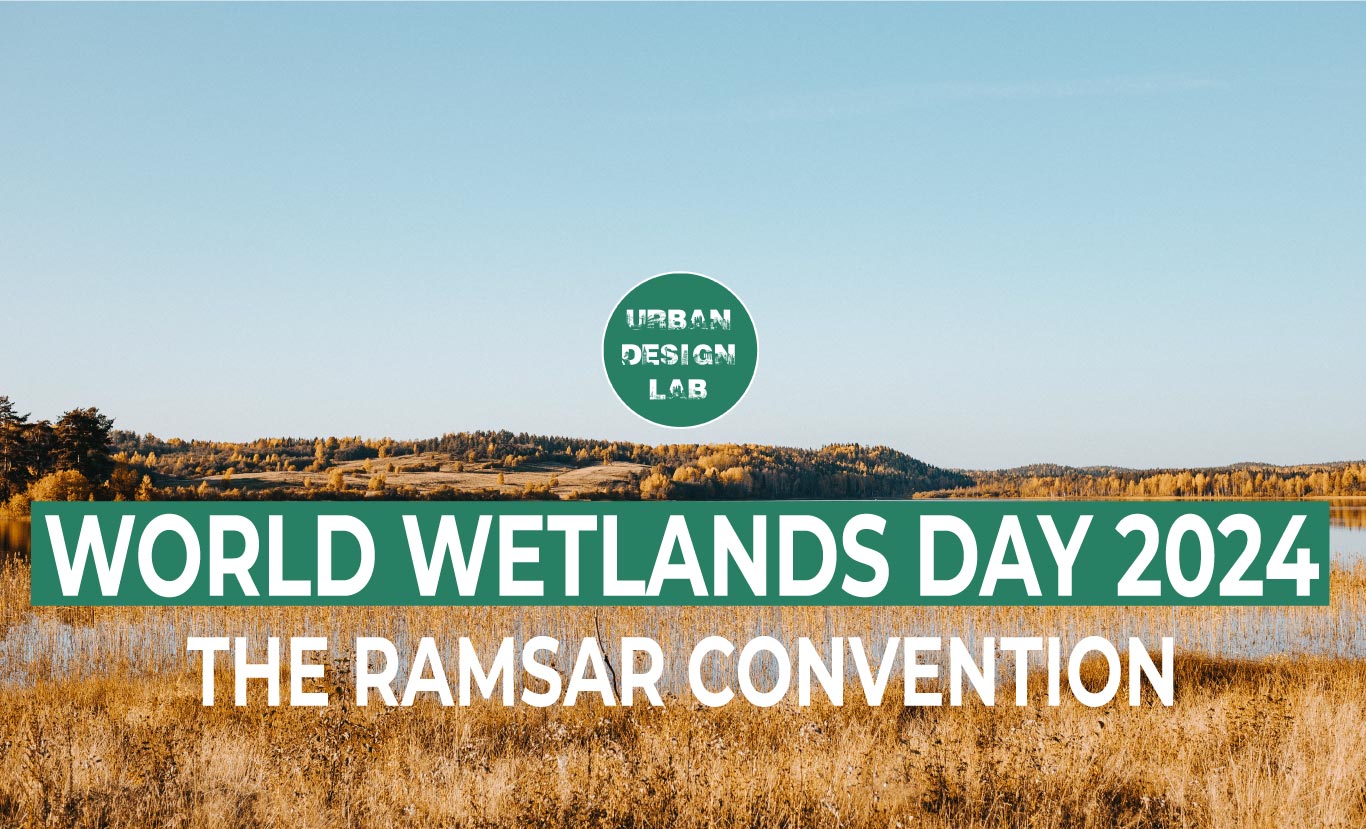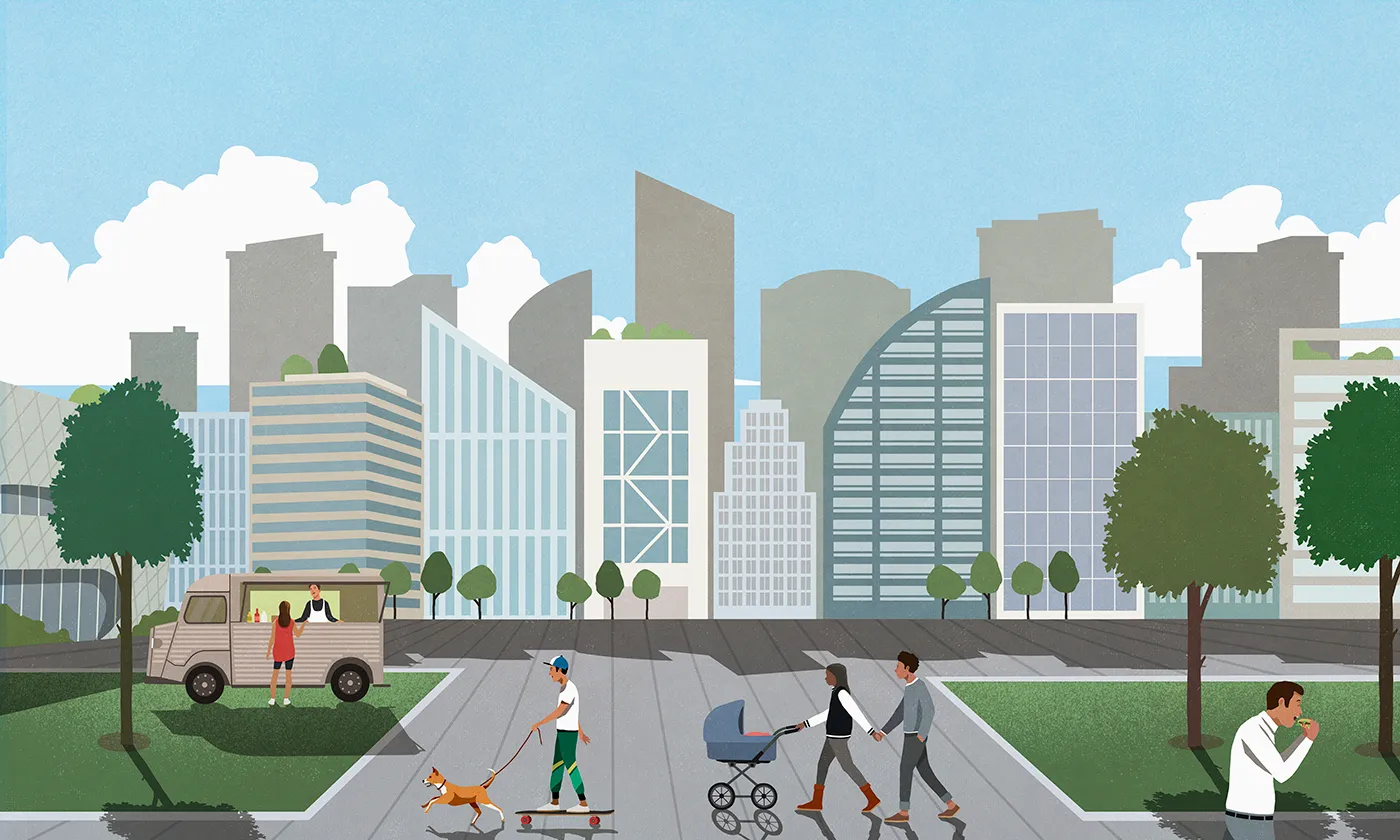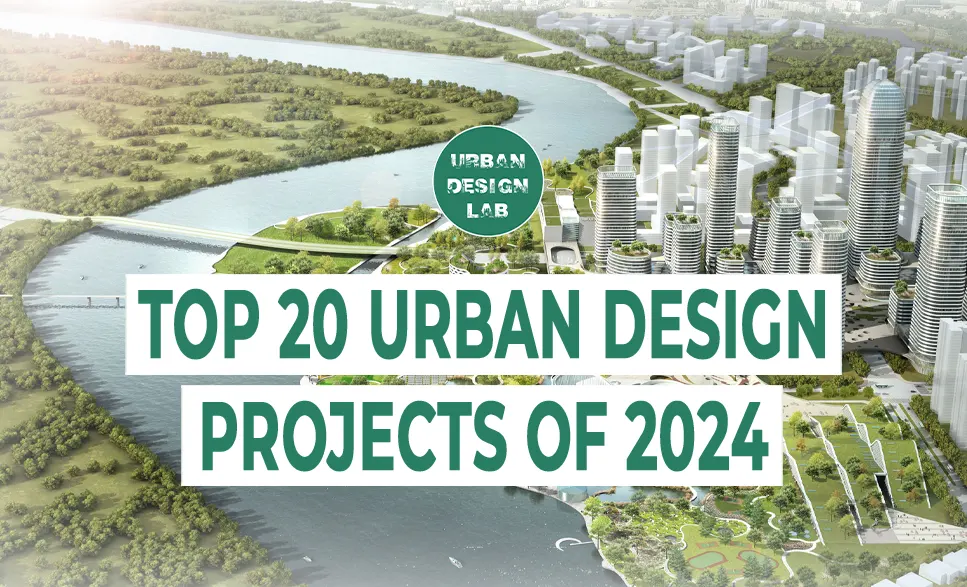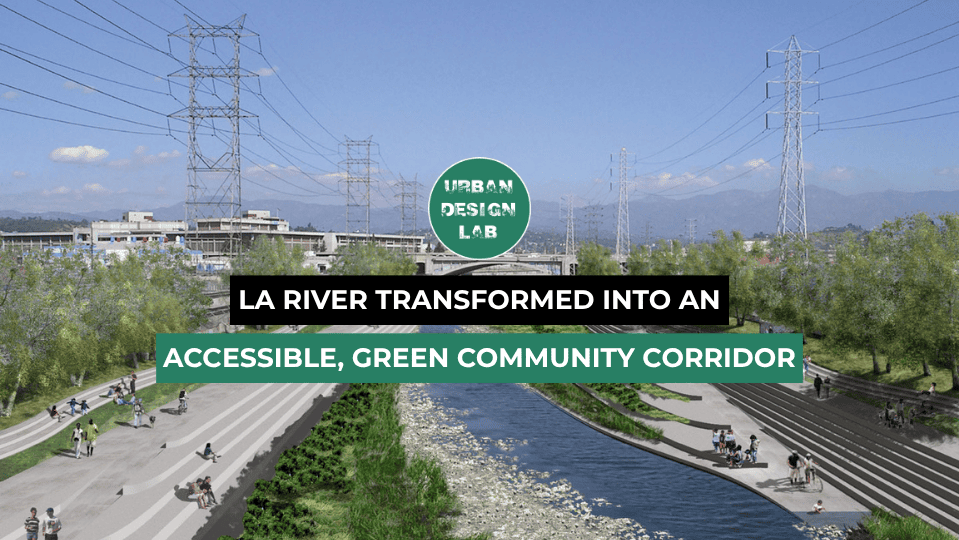
Dongda Lake Rehabilitation Restores Hanoi’s Urban Pulse
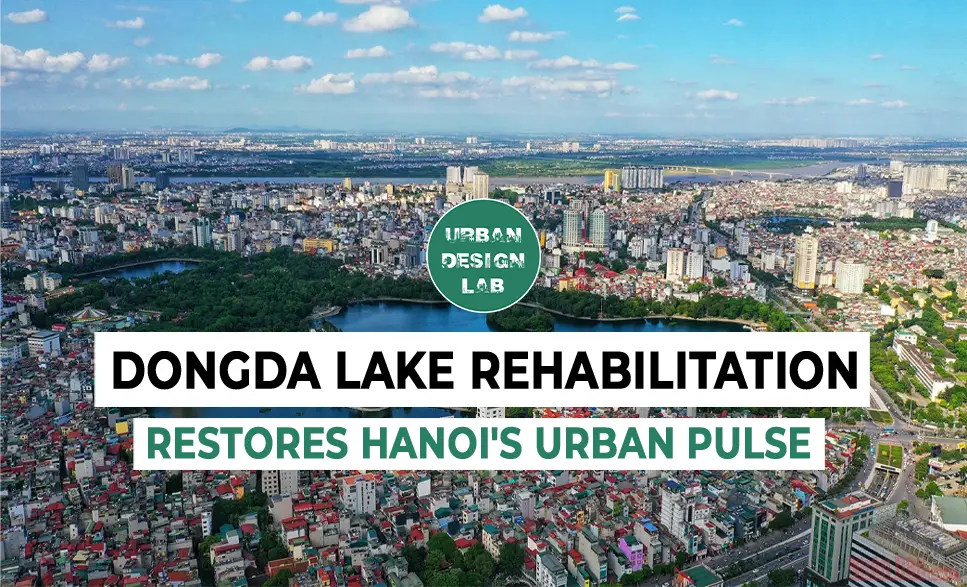
The Dong Da Lakescape in Qui Nhon, Vietnam, is a testament to the power of design to revitalize urban spaces and improve quality of life.
- Once a polluted and neglected lake, Dong Da was transformed into a vibrant public space thanks to the work of MIA Design Studio.
- The project began by addressing the core issue of pollution through the implementation of a new sewage system.
- This crucial step laid the foundation for the park’s development, creating a clean and healthy environment.
To further enhance the park’s appeal, the design team incorporated a variety of water features, creating a unique sensory experience for visitors. Sheltered wooden picnic decks, a narrow concrete pier, and L-shaped concrete benches were strategically placed to provide views of the lake and encourage relaxation and contemplation.
From Polluted Lake to Vibrant Park: A Transformation Story
The Dong Da ecological lake in Qui Nhon, Vietnam, years of improper waste management and the proximity of informal settlements led to a polluted ecosystem, a contrast to the natural beauty it once possessed.
This situation not only negatively impacted the natural environment but also the health and well-being of the surrounding community.
- The lake’s waters became heavily contaminated, harming aquatic life and affecting the overall health of the ecosystem. The once-abundant fish populations dwindled, and the vibrant aquatic plants were replaced by a murky, lifeless expanse.
- The air quality deteriorated, posing a health risk to residents, especially the most vulnerable – children and the elderly. The polluted air carried a foul odor, a constant reminder of the environmental neglect that had taken root.
- The lack of open green spaces limited opportunities for recreation and leisure, impacting the community’s quality of life. Children were deprived of safe and healthy outdoor spaces to play, and adults lacked opportunities for relaxation and social interaction amidst nature’s embrace.
The Dong Da lake, once a source of beauty and recreation, became a burden for the community, highlighting the urgent need for a comprehensive revitalization effort.
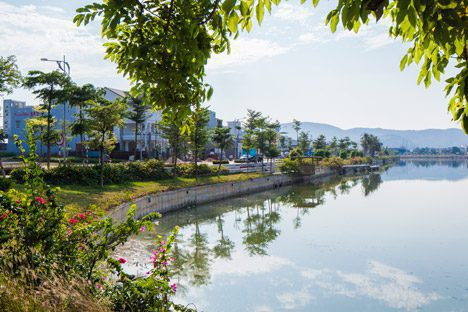
Addressing the Core Issue: Implementing a New Sewage System
MIA Design Studio, entrusted with the task of revitalizing Dong Da lake, recognized that addressing the pollution issue was paramount. They understood that without a clean and healthy lake, creating a thriving public space would be futile. The design team implemented a new sewage system, diverting wastewater away from the lake and preventing further contamination.
- This crucial step was essential to restore the health of the ecosystem and provide a foundation for the park’s development.
- The new system was meticulously designed to ensure efficient and effective waste management, reducing the harmful pollutants that had been affecting the water quality.
The installation of this new system marked a significant turning point in the revitalization project, paving the way for the creation of a vibrant and functional public space.
By prioritizing environmental restoration, MIA Design Studio laid the groundwork for a successful revitalization effort, ensuring that the park would be built on a clean and healthy foundation.
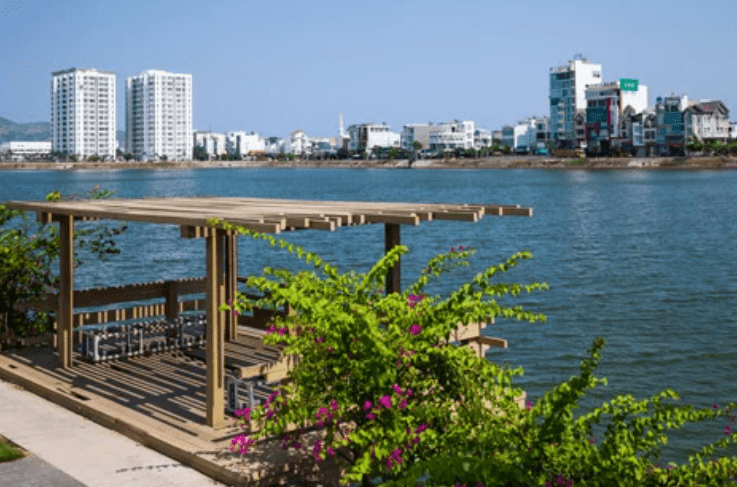
Source: Website Link
Creating a Welcoming Public Space: Blending Nature and Design
After successfully addressing the lake’s pollution, MIA Design Studio focused on transforming Dongda Lake into a dynamic and inviting public space, designed to foster community engagement and elevate the quality of life for Hanoi’s residents.
The design integrates a series of terraced concrete seating areas, thoughtfully arranged to offer comfortable spaces for relaxation and social interaction. These seating zones are strategically positioned to provide unobstructed views of the lake, encouraging visitors to pause and absorb the serene beauty of the environment.
Meandering pathways weave through the park, inviting exploration and movement. Designed with accessibility in mind, these routes ensure that the space is inclusive and welcoming to all visitors, regardless of physical ability.
A carefully curated selection of flowering plants, shrubs, and trees creates a visually striking and ecologically beneficial landscape. The vibrant array of blooms attracts butterflies and birds, fostering a lively urban ecosystem within the park.
The design reflects a deep sensitivity to the interplay between nature and architecture, where the harmonious integration of natural elements and meticulously crafted features enhances the user experience. This fusion of design and nature creates a multifunctional space that not only pleases the eye but also encourages visitors to engage with their surroundings and enjoy the health and social benefits of outdoor recreation.
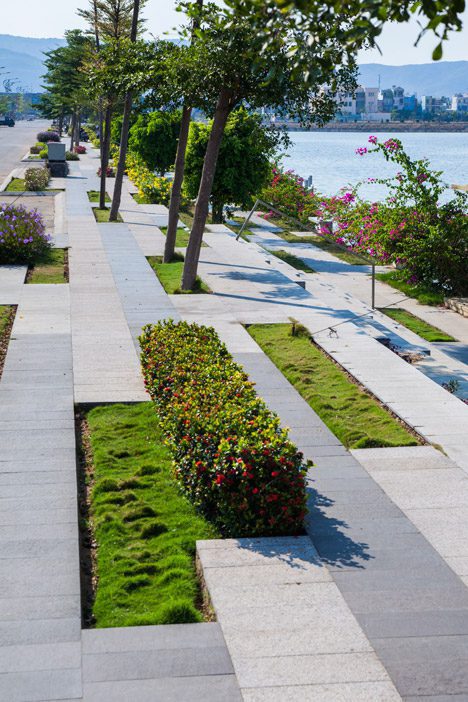
A Design Focused on Accessibility and Inclusion: Ensuring a Harmonious Transition
A Design Focused on Accessibility and Inclusion: Ensuring a Harmonious Transition
MIA Design Studio’s approach to Dongda Lake’s revitalization transcends aesthetic considerations, focusing on creating an inclusive, accessible environment that harmoniously integrates with the existing topography. The meticulous design ensures a fluid transition between the park’s higher ground and the lake’s edge, emphasizing accessibility for all users, irrespective of physical ability.
Seamless Integration of Steps and Slopes
At the heart of the design is the thoughtful combination of steps and gentle slopes. These elements are strategically placed to create a natural and intuitive flow across the landscape. The steps, designed with gradual inclines, serve as a considerate solution for individuals with mobility impairments, enabling easier navigation without overwhelming steepness. Meanwhile, the gentle curves of the slopes blend effortlessly with the park’s natural contours, providing smooth, accessible paths that further enhance the inclusivity of the space. This approach speaks to a deeper architectural philosophy where functionality and beauty coalesce. The steps and slopes are not merely practical features; they form an integral part of the park’s overall aesthetic, guiding visitors through a space that feels both organic and intentional.
Enhancing Visual Appeal and Inclusivity Through Thoughtful Design
The inclusion of varied vegetation adds another layer of visual appeal while serving functional and environmental purposes. Strategically placed greenery, from shade-giving trees to ground-covering shrubs, softens the concrete structures and provides sensory stimulation, creating a more immersive experience for park visitors. The interplay of steps, slopes, and vegetation results in a landscape that feels like a natural extension of the environment rather than an imposed intervention. In prioritizing accessibility, the design team has ensured that Dongda Lake’s park is truly inclusive. By addressing the needs of all potential users—whether through smooth transitions for wheelchair users, ample seating for rest, or shaded areas for comfort—the space becomes a community asset that promotes social equity.
A Harmonious Blend of Nature and Design
Ultimately, MIA Design Studio’s vision for Dongda Lake is one of balance—where human intervention enhances the natural landscape without disrupting its integrity. The careful integration of key elements like steps, slopes, and vegetation fosters both visual appeal and functionality, ensuring that the park is accessible and enjoyable for all. This sensitive approach exemplifies how thoughtful urban design can shape public spaces that are not only aesthetically pleasing but also fundamentally inclusive. In doing so, the park becomes more than a mere recreational area; it stands as a testament to design that honors the environment while prioritizing the diverse needs of the people who inhabit it.
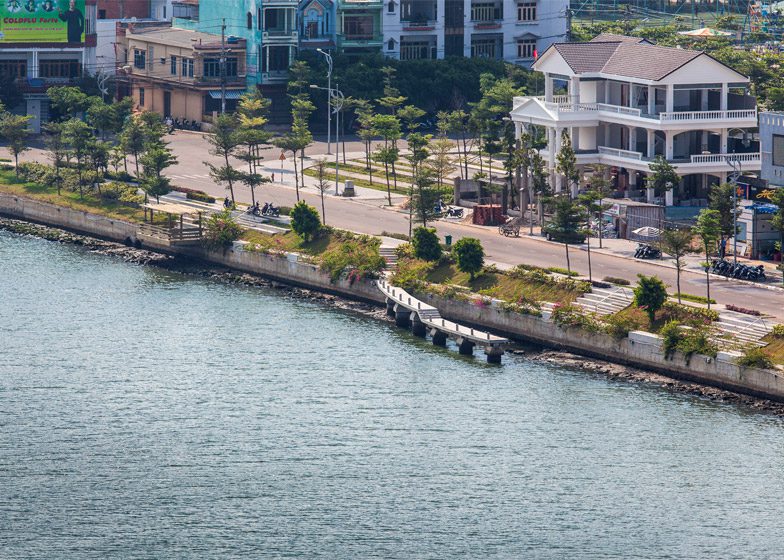
Creating a Sanctuary for Relaxation: The Power of Water Features
To further enhance the park’s appeal, MIA Design Studio incorporated a variety of water features, creating a unique sensory experience for visitors.
They recognized that water has a calming effect and can create a sense of serenity and peace, enhancing the overall experience of the park:
- Sheltered wooden picnic decks extend over the water, offering visitors a chance to enjoy the lake views while protected from the elements. These decks provide a comfortable and intimate setting for picnics, family gatherings, or simply relaxing and enjoying the peaceful ambiance.
- A narrow concrete pier stretches out into the lake, providing panoramic views and a sense of tranquility. The pier invites visitors to step out onto the water, offering a unique perspective of the lake and its surroundings.
L-shaped concrete benches provide comfortable spots to relax and enjoy the natural surroundings. These benches are strategically placed around the park, offering views of the lake, the surrounding vegetation, and the activity of the park. These water features transform the park into a sanctuary for relaxation and contemplation, offering a peaceful escape from the hustle and bustle of city life.
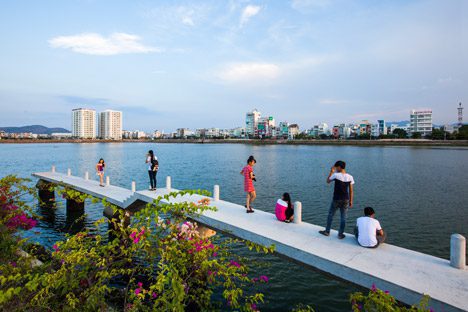
A Testament to Collaboration: A Successful Partnership
The remarkable success of the Dongda Lakescape project is a shining example of how collaborative efforts can yield transformative results. At the heart of this achievement lies the symbiotic partnership between MIA Design Studio, local stakeholders, and the surrounding community. The project stands as a testament to the immense potential of cooperation, community engagement, and a shared commitment to creating sustainable, vibrant public spaces.
Collaboration as the Foundation for Success
From the outset, MIA Design Studio prioritized listening and learning from the community it sought to serve. By fostering an open dialogue, the design team was able to integrate valuable local insights into the fabric of the project. Feedback from residents shaped key aspects of the park, ensuring that the space would align with their daily needs and aspirations. This deep community involvement underscores the importance of participatory design, where those who use the space are integral to its creation. The project highlights how essential collaboration is—not only between designers and community members but also with local authorities, planners, and other stakeholders. Each group played a vital role in shaping the project’s trajectory, contributing expertise and insights that ensured the park’s success as a multifunctional, inclusive space.
Reflecting Community Values and Aspirations
A key factor in the success of the Dongda Lakescape project was the incorporation of community values into the design process. By engaging with residents and stakeholders at every phase, the design team ensured that the park would not only serve functional needs but also reflect the cultural and social identity of the area. This collaborative approach resulted in a space that mirrors the community’s collective vision—a place that enhances quality of life while fostering social cohesion and environmental stewardship.
Creating Sustainable, Vibrant Public Spaces
The success of this project also underscores the critical importance of sustainable design practices. MIA Design Studio’s approach was not only grounded in aesthetics but also in long-term viability, addressing environmental, social, and economic considerations. The park’s thoughtful integration with the natural landscape, along with the incorporation of green infrastructure, exemplifies a forward-thinking model for urban spaces that benefit both people and the planet.

A Beacon of Hope: The Legacy of Dong Da Lakescape
The Dong Da Lakescape project stands as a model for sustainable urban development, showcasing how thoughtful design can restore and revitalize polluted environments.
- The project’s success demonstrates that it is possible to create beautiful and functional public spaces that are also environmentally responsible.
- The project has improved the quality of life for the local community, demonstrating that a healthy environment is essential for a thriving society.
- The park serves as an inspiration for other cities looking to transform their neglected urban spaces.
The project’s success is a testament to the power of design to create a positive impact on the environment and the lives of people. The project’s success underscores the importance of investing in environmental renewal and creating vibrant public spaces that benefit everyone.
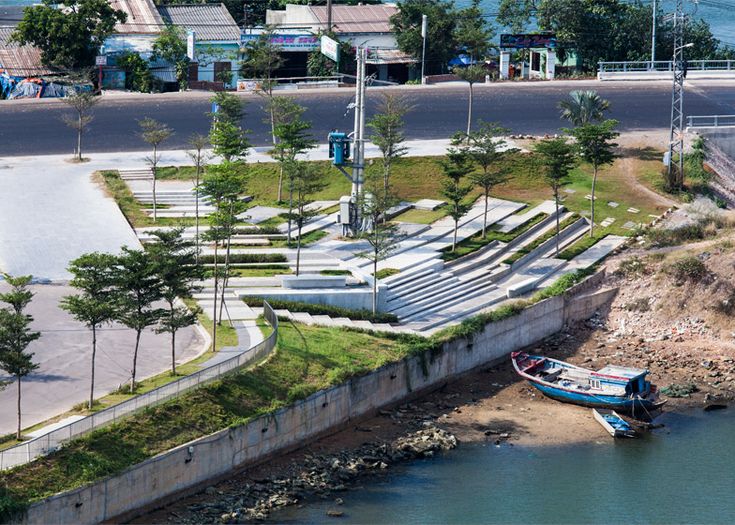
Conclusion
The Dong Da Lakescape project in Qui Nhon, Vietnam, stands as a powerful testament to how thoughtful, community-focused urban design can transform neglected spaces into vibrant, sustainable public assets. By addressing the root problem of pollution through a new sewage system, MIA Design Studio laid the groundwork for a healthier environment, setting the stage for a transformative urban renewal effort.
The park’s design seamlessly blends nature and urban functionality, offering a welcoming public space characterized by its stepped seating, meandering pathways, and rich vegetation. With a steadfast commitment to accessibility and inclusivity, the park has been crafted as a space where all members of the community can come together, fostering social interaction and providing serene moments of respite with features such as the concrete pier and wooden decks that invite peaceful connection with the lake.
This project is a shining example of the transformative power of collaboration between designers, stakeholders, and the community. It showcases how urban renewal, when guided by sustainable design principles, can not only heal the environment but also profoundly improve the quality of life for the people who live there.
The Dong Da Lakescape project now stands as a beacon of hope, inspiring cities worldwide to adopt similar revitalization efforts. It proves that beautiful, inclusive, and ecologically responsible public spaces can have a lasting, positive impact on both communities and the environment, contributing to a healthier and more sustainable future for all.
References
- United Nations Development Programme. (2022). Sustainable cities and communities. Retrieved from https://www.undp.org/sustainable-development-goals/sustainable-cities-and-communities
- World Health Organization. (2021). Urban green spaces and health. Retrieved from https://www.who.int/publications/i/item/9789241550505
- Groenewegen, P. P., van den Berg, A. E., de Vries, S., & Verheij, R. A. (2006). Vitamin G: Effects of green space on health, well-being, and social safety, 6(1), 149. https://doi.org/10.1186/1471-2458-6-149
- Kabisch, N., Qureshi, S., & Haase, D. (2015). Environmental Impact Assessment Review, 50, 25-34. https://doi.org/10.1016/j.eiar.2014.08.007
- Wolch, J. R., Byrne, J., & Newell, J. P. (2014). Urban green space, public health, and environmental justice, 125, 234-244. https://doi.org/10.1016/j.landurbplan.2014.01.017
- Rigolon, A. (2016). A complex landscape of inequity in access to urban parks, Landscape and Urban Planning, 153, 160-169. https://doi.org/10.1016/j.landurbplan.2016.05.017
- Hartig, T., Mitchell, R., de Vries, S., & Frumkin, H. (2014). Nature and health. , 35(1), 207-228. https://doi.org/10.1146/annurev-publhealth-032013-182443
- Chiesura, A. (2004). The role of urban parks for the sustainable city, 68(1), 129-138. https://doi.org/10.1016/j.landurbplan.2003.08.003
- Jennings, V., Larson, L., & Yun, J. (2016). Advancing sustainability through urban green space, 13(2), 196. https://doi.org/10.3390/ijerph13020196
- MIA Design Studio. (n.d.). Dong Da Lakescape. Retrieved from https://www.miadesignstudio.com/
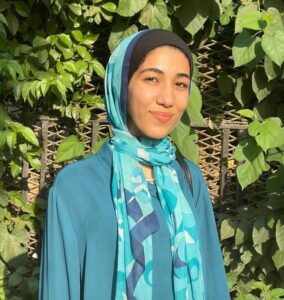
Merna Moataz
About the Author
Merna Moataz is an architecture and urban design student at Helwan University in Egypt, pursuing a Bachelor of Sustainable Architecture and Urban Design. She has demonstrated strong design skills and a passion for innovative public spaces and urban revitalization, participating in various architecture and urbanism competitions and virtual design collaborations.
Related articles


Architecture Professional Degree Delisting: Explained

Periodic Table for Urban Design and Planning Elements


History of Urban Planning in India
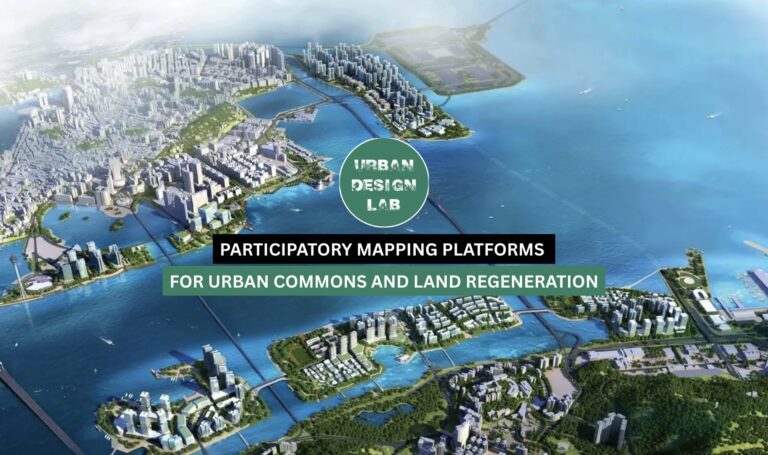
UDL Illustrator
Masterclass
Visualising Urban and Architecture Diagrams
Session Dates
17th-18th January 2026

Urban Design Lab
Be the part of our Network
Stay updated on workshops, design tools, and calls for collaboration
Curating the best graduate thesis project globally!

Free E-Book
From thesis to Portfolio
A Guide to Convert Academic Work into a Professional Portfolio”
Recent Posts
- Article Posted:
- Article Posted:
- Article Posted:
- Article Posted:
- Article Posted:
- Article Posted:
- Article Posted:
- Article Posted:
- Article Posted:
- Article Posted:
- Article Posted:
- Article Posted:
- Article Posted:
- Article Posted:
- Article Posted:
- Article Posted:
Sign up for our Newsletter
“Let’s explore the new avenues of Urban environment together “

























